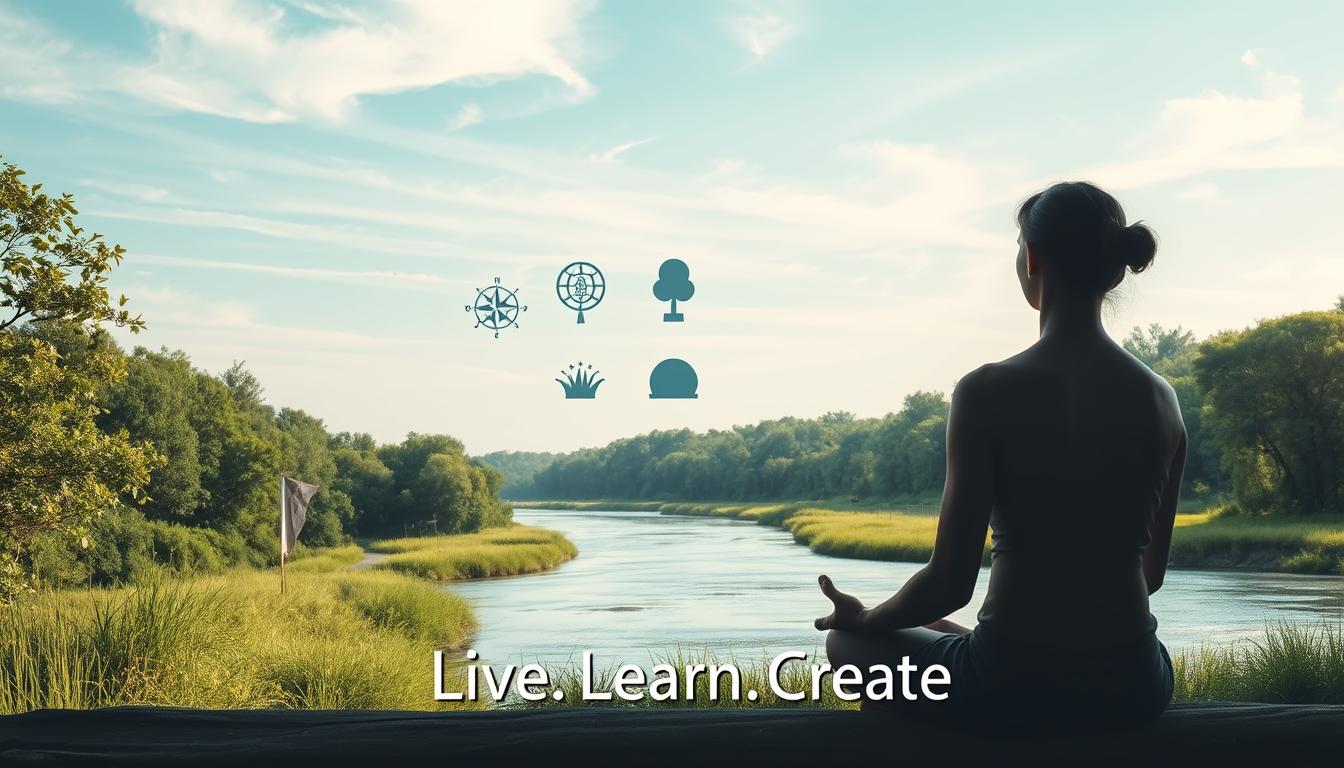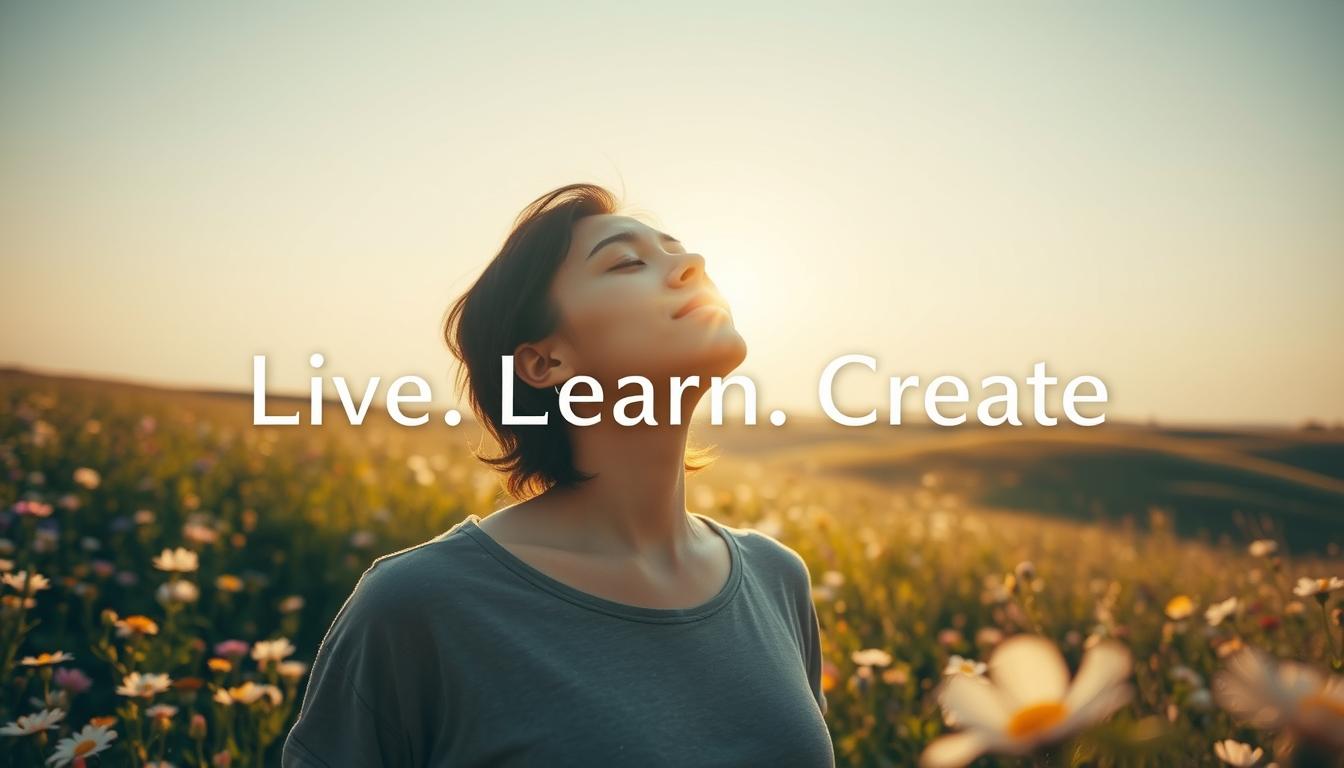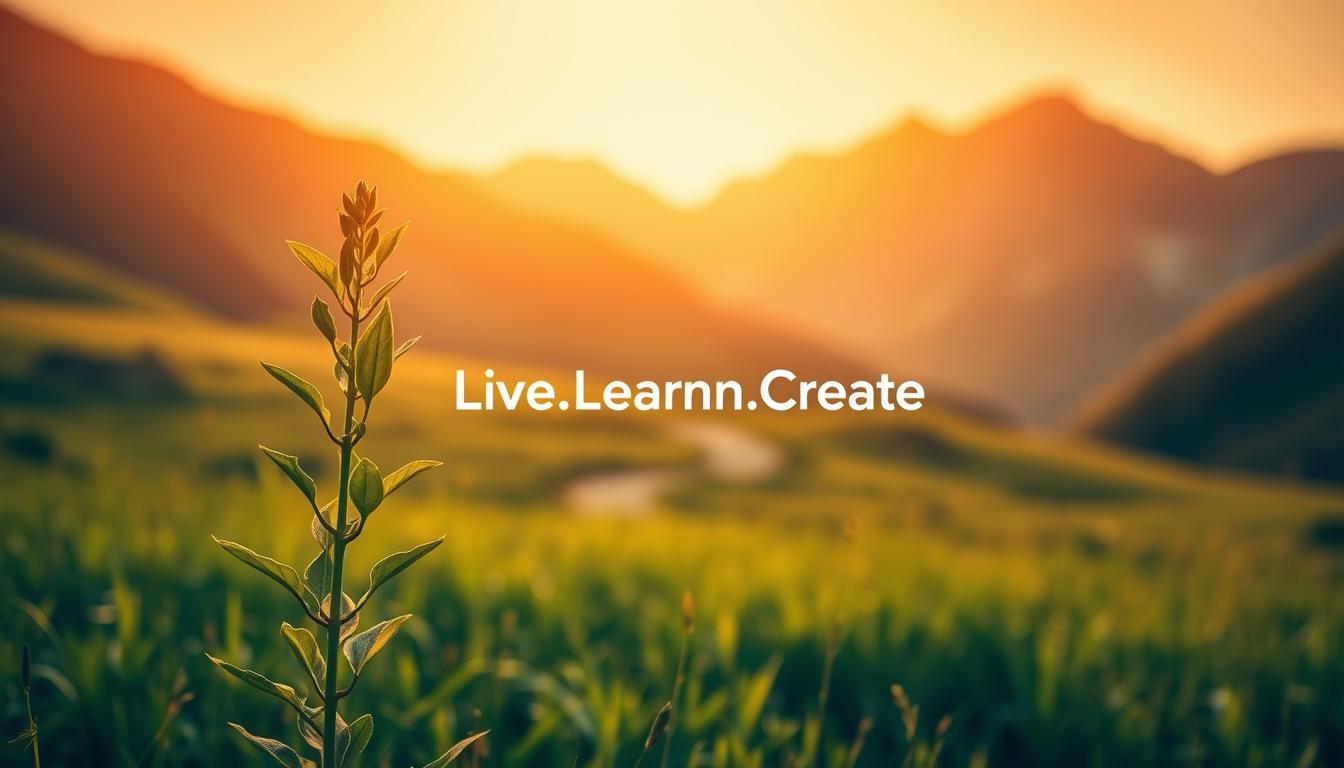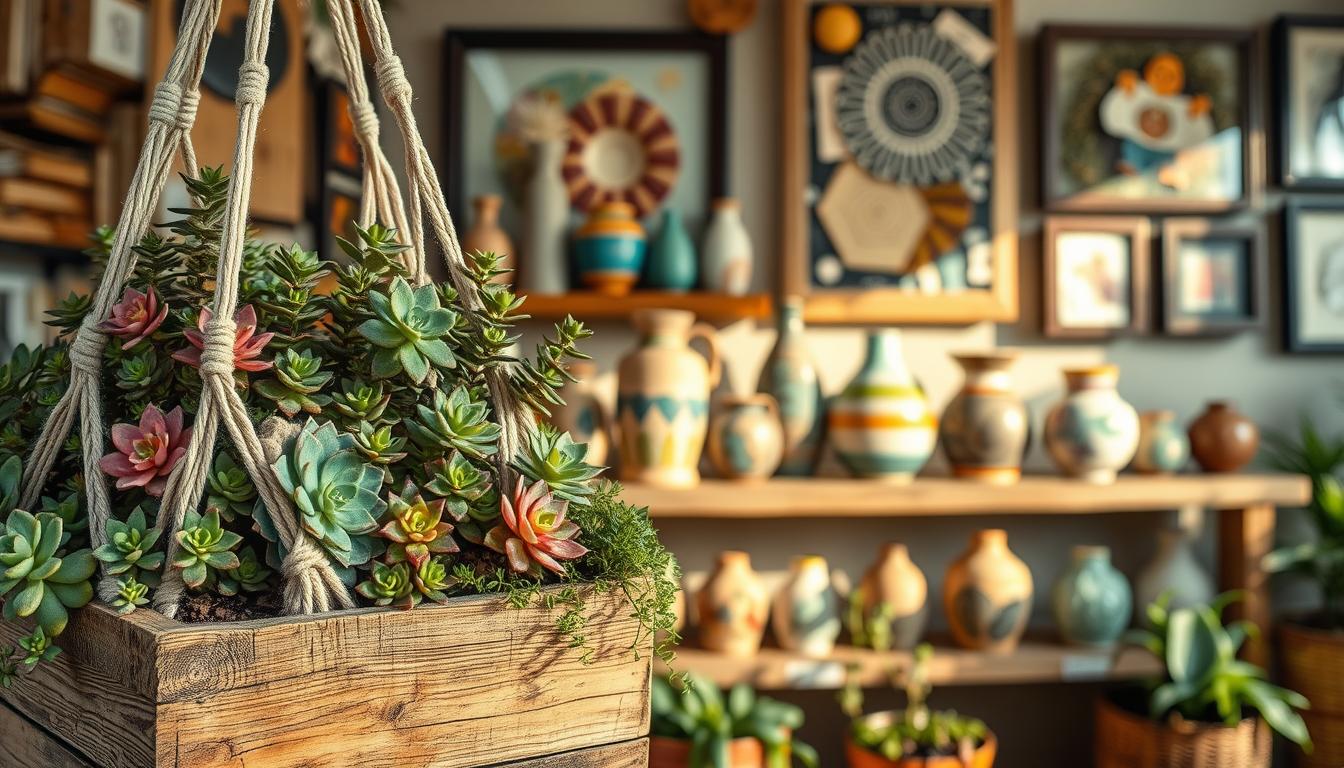Ever feel stuck in the same routines, wondering if there’s more to life? The truth is, small changes in how we think can unlock extraordinary results. Inspired by Carmen Galloway’s work and Maslow’s hierarchy of needs, this guide explores how intentional shifts in perspective can transform your relationships, career, and wellbeing.
Growth isn’t about drastic overhauls—it’s about daily courage. Whether you’re navigating challenges or seeking deeper fulfillment, these five mindset tweaks offer a roadmap. They blend psychology with practical steps, proving that anyone can evolve, no matter their starting point.
Key Takeaways
- Mindset shifts are small but powerful tools for change.
- Personal growth improves relationships, careers, and overall happiness.
- Daily commitment matters more than perfection.
- Carmen Galloway’s insights provide a foundation for transformation.
- Maslow’s hierarchy of needs frames the journey to self-actualization.
What Is Personal Growth? Defining Your Journey
Have you ever paused to reflect on what it truly means to evolve as a person? Growth isn’t a destination—it’s a process of becoming. As Holly B. shares, it’s “recognizing shortcomings while maintaining self-compassion,” while Amy W. sees it as stepping beyond comfort zones. Your journey is unique, but the destination is the same: a life of deeper meaning.
The True Meaning of Evolving as a Person
Tami B.’s rock analogy paints a vivid picture: “Challenges are like rocks—you can stumble or use them to climb higher.” This mirrors Carmen Galloway’s memoir, where she frames growth as a series of intentional choices. Whether sparked by curiosity (as Kristina Mänd-Lakhiani suggests) or crisis, the way we respond shapes our path.
Maslow’s hierarchy of needs reveals why this matters. At the peak sits self-actualization—the drive to realize your full potential. It’s not about perfection but progress, one small step at a time.
How Self-Actualization Fuels Fulfillment
Reaching that peak isn’t reserved for the extraordinary. It’s the cumulative effect of daily courage—choosing growth over grudges, curiosity over complacency. As Maslow showed, meeting basic needs (safety, belonging) frees us to pursue purpose.
5 Core Areas of Growth: A Balanced Approach
True transformation happens when these areas work together:
- Physical: Energy and clarity start with nurturing your body.
- Emotional: Resilience grows when we face triggers with awareness.
- Mental: Learning new skills rewires your brain for adaptability.
- Social: Healthy boundaries and communication deepen connections.
- Spiritual: Connecting to something greater anchors your why.
Like a tree, each root supports the others. Neglect one, and the whole system feels the strain.
Why Personal Growth Requires Courage
Courage isn’t the absence of fear—it’s choosing growth despite it. Every meaningful change starts with a decision to face what scares us. As Doug K. observes, “Fear and complacency are the twin walls that keep people from their potential.” But why do we resist the very shifts that could transform our lives?

Overcoming Fear and Complacency
Julie B. describes her journey as “never-ending therapy,” a cycle of confronting old wounds to make room for new growth. Her story mirrors research from Mindvalley, where 80% of coaching clients reported increased confidence after facing fears head-on.
Complacency, though quieter, is just as limiting. It’s the comfort of routine masking as safety. Neuroplasticity expert Jim Kwik reminds us: “Your brain rewires itself when you choose discomfort over inertia.” Temporary pain today saves years of stagnation tomorrow.
The “Rock Analogy”: Choosing Growth Over Grudges
Life’s challenges are like rocks—you can:
- Throw them back: React with blame, staying stuck.
- Carry them: Let resentment weigh you down.
- Build with them: Use obstacles as stepping stones.
Carmen Galloway’s hourly growth choices echo this. She writes, “Every small act of courage reshapes your future.” Tony Robbins’ neuro-associative conditioning techniques reinforce this—linking discomfort to empowerment rewires your way of thinking.
Try this now: Spend 5 minutes journaling one fear you’ll face this week. Name the power it could unlock. As research shows, written intentions increase follow-through by 42%.
Mindset Shift #1: Embrace Discomfort as a Catalyst
What if discomfort wasn’t your enemy—but your greatest ally? Science confirms it: stepping beyond your comfort zone triggers neuroplasticity, rewiring your brain for resilience. As Carmen Galloway puts it, “The things we avoid hold the keys to our evolution.”
How Stepping Out of Your Comfort Zone Rewires Your Brain
Your body reacts to new experiences in two ways. Cortisol screams “Danger!” while dopamine whispers “Growth!” The trick? Lean into the stretch—just enough to spark adaptation.
| Response | Trigger | Effect |
|---|---|---|
| Cortisol | Fear of the unknown | Temporary stress |
| Dopamine | Overcoming challenges | Long-term resilience |
Lisa Nichols’ micro-wins concept proves small victories compound. Try her discomfort scaling technique:
- Rate discomfort from 1 (mild) to 10 (overwhelming).
- Start with level 3–4 challenges (e.g., cold showers).
- Celebrate progress—not perfection.
Daily Challenges to Build Resilience
Dr. Shefali warns against conflating discomfort with suffering. Healthy stretching means respecting limits while gently pushing them. Try these 7 science-backed tasks:
- Initiate a tough conversation (no avoidance).
- Swap 30 minutes of scrolling for skill-building.
- Take a cold shower—just 15 seconds counts.
- Say “no” to something that drains your energy.
- Learn a physical skill (e.g., juggling).
- Share an unpopular opinion kindly.
- Track progress with Carmen’s Udemy progress-tracking templates.
Remember: Discomfort is a process, not a punishment. As Mindvalley’s research shows, those who embrace it report 68% higher life satisfaction within 90 days.
Mindset Shift #2: Transform Pain into Purpose

The moments that break us can also become the foundation for something greater. Research shows that 70% of trauma survivors report growth—discovering strengths they never knew they had. It’s not about ignoring pain, but alchemizing it into fuel.
Post-Traumatic Growth: Finding Strength in Struggle
Tami B.’s rock analogy takes on new meaning here: “The same boulder that crushes can become your stepping stone.” Carmen Galloway’s memoir echoes this—after losing her job, she channeled grief into founding a mentorship program. Studies reveal three common outcomes of post-traumatic growth:
- Deeper relationships (58% of survivors)
- Renewed sense of purpose (72%)
- Increased emotional resilience (64%)
Forgiveness as a Tool for Liberation
Holding onto resentment is like drinking poison and waiting for the other person to get sick. Tony Robbins’ 4-step framework flips the script:
- Name it: Identify the hurt without sugarcoating.
- Claim it: Acknowledge your role in the narrative.
- Reframe it: Ask, “What did this teach me?”
- Release it: Write a “goodbye letter” to the pain.
Deborah King’s research shows forgiveness lowers cortisol by 23%. Try this today: Spend 10 minutes journaling one hurt, then rewrite it as a lesson.
“Your wounds carve the space for your wisdom.”
Try this now: Create a purpose map using Ikigai principles. Draw four circles overlapping—what you love, what the world needs, what you’re good at, and what you can be paid for. Where they intersect lies your power.
Mindset Shift #3: Cultivate Unshakable Self-Worth
Self-worth isn’t something you earn—it’s something you reclaim. Too often, we tie our value to external validation: promotions, likes, or others’ opinions. Carmen Galloway’s Pyramid of Self-Worth flips this script, showing how true confidence grows from within.
The Pyramid of Self-Worth: Awareness, Acceptance, Action
Carmen’s model reveals three layers of transformation:
- Awareness: Spot the stories you tell yourself (“I’m not enough”). Try this: Journal one belief you’ve outgrown.
- Acceptance: Honor your flaws without shame. As Dr. Shefali notes, “Parental programming shapes us—but doesn’t define us.”
- Action: Rewrite the narrative. Use Marisa Peer’s “I Am Enough” mantra daily.
Breaking Free from Limiting Beliefs
Limiting beliefs thrive in secrecy. Tony Robbins’ belief audit helps expose them:
- Write down three “truths” you hold about yourself.
- Ask: “Would I accept this from a friend?”
- Replace with evidence of your strengths (e.g., “I navigated X challenge”).
Neuro-linguistic programming (NLP) accelerates this shift. Stand tall for two minutes—research shows power poses boost confidence hormones by 20%.
“Your value isn’t negotiable. Set boundaries like your worth depends on it—because it does.”
Try this now: Practice a boundary script: “I respect your perspective, but my decision is final.” Note how it reinforces your self-worth without apology.
Mindset Shift #4: Prioritize Learning Every Day
Learning isn’t just for classrooms—it’s the secret ingredient to lasting transformation. When we make curiosity a daily habit, we unlock new ways of thinking that ripple through every area of life. As Carmen Galloway notes in her Udemy courses, “The most powerful shifts happen when knowledge becomes action.”

Curiosity-Driven Growth vs. Crisis-Driven Change
There are two paths to acquiring new skills:
| Approach | Motivation | Long-Term Impact |
|---|---|---|
| Crisis Learning | Urgent problem-solving | Narrow, reactive skills |
| Curiosity Learning | Intrinsic motivation | Broad, adaptable mindset |
Mindvalley’s research shows proactive learners report 3x higher retention. Try these resources to stay ahead:
Resources to Accelerate Your Progress
Carmen Galloway’s work bridges theory and practice. Her memoir “The Courage to Grow” explores how small, consistent steps create change:
Carmen Galloway’s Books
Now available at:
Carmen Galloway’s Courses on Udemy
Her top-rated program “Daily Growth Habits” includes:
- 15-minute morning learning rituals
- T-shaped skill-building (depth + breadth)
- Chronotype-based study schedules
“Information is abundant—wisdom is curated. Choose resources that align with your next chapter.”
Pro tip: Combat overload with the 70/30 rule—70% focused learning, 30% exploration. Mindvalley’s free trial offers supplemental help for balancing both.
Mindset Shift #5: Build a Growth-Oriented Community
Who you surround yourself with shapes your path more than any goal you set. Jim Rohn’s famous adage rings true—we become the average of the five people we spend the most time with. Whether it’s Carmen Galloway’s Facebook mastermind groups or Mindvalley’s global tribes, the right community turns isolation into acceleration.
The Power of Mentors and Like-Minded People
Laura D.’s breakthrough came when she applied Carmen’s mentorship checklist: “Seek those who challenge your excuses but celebrate your efforts.” Research shows professionals with mentors achieve promotions 50% faster. But quality matters—Carmen’s Udemy course teaches how to spot toxic relationships through red flags like constant negativity or one-sided support.
Here’s the good news: You don’t need famous gurus. The barista studying neuroscience or your yoga instructor with startup experience might hold unexpected help. Try this script when approaching potential guides: “I admire how you [specific trait]. Would you share one lesson that changed your way of thinking?”
How to Find Your Tribe
Digital detox strategies reveal surprising truths. When Laura D. limited social media to 20 minutes daily, she joined a local writers’ circle—now her core support system. Niche communities exist for every growth area:
- Creative Flow: The Sketchbook Club (global meetups)
- Leadership: Toastmasters Hybrid Chapters
- Mindfulness: Insight Timer’s study groups
Carmen’s mastermind templates simplify group formation. Start with three committed people meeting monthly to share goals and accountability. As longevity studies prove, social health boosts lifespan by 4–7 years—your tribe isn’t just about success, but survival.
“Alone you’re a seed. In community, you become a forest.”
Conclusion: Your Invitation to a Transformed Life
Transformation begins when we choose to see challenges as invitations. These five mindset shifts—embracing discomfort, alchemizing pain, cultivating worth, prioritizing learning, and building community—work together like gears in a clock. As Kristina Mänd-Lakhiani reminds us, “The moment you own your story, you write the next chapter.”
Carmen Galloway’s closing wisdom in This Is How We Grow rings true: “Small daily choices create seismic shifts.” Start with this roadmap:
- 30 days: Practice one shift weekly (try cold showers or morning journaling)
- 60 days: Combine two shifts (learn a skill while building community)
- 90 days: Celebrate progress with Carmen’s Udemy progress tracker
Robin Sharma’s research proves the ROI—just 20 minutes of daily development compounds into 121 productive hours yearly. Dive deeper with Carmen’s books at Barnes & Noble or Apple Books, and join our private Facebook group for weekly challenges.
Meet Laura, who applied all five shifts: After losing her job, she used discomfort to launch a bakery (shift #1), framed rejection as redirection (#2), and now mentors others (#5). Her secret? “Nightly reflection and morning intention-setting—they’re the bookends of change.”
Remember Tami B.’s rock analogy? You’re not carrying boulders—you’re building stairways. As Neale Donald Walsch asks, “What would love do now?” Your next step begins today.
FAQ
What does personal growth really mean?
It’s about evolving into your best self—expanding awareness, developing skills, and deepening fulfillment in all areas of life.
How do I start stepping out of my comfort zone?
Begin small—try a new routine, initiate conversations, or learn a skill. Consistency builds courage over time.
Can painful experiences contribute to growth?
Absolutely. Challenges often reveal strengths and reshape priorities, turning struggles into stepping stones.
Why is self-worth important for progress?
Believing in your value fuels resilience—it helps you set boundaries, take risks, and persist through setbacks.
How can I find supportive communities?
Seek groups aligned with your goals—workshops, online forums, or local meetups attract like-minded people.
What’s the fastest way to adopt a growth mindset?
Replace “I can’t” with “I’m learning.” Celebrate effort, not just outcomes, and stay open to feedback.
Transform your home into a more peaceful and mindful sanctuary. Creating a Zen-inspired home environment is a core part of the “Live.Learn.Create” theme, focusing on peace, mindfulness, and a clutter-free space. Here is a curated list of Zen home items.
The Zen Essentials
These items are the building blocks of a calm, intentional living space.
- Candles & Scents:
- Scented Candles: Look for calming, natural scents like sandalwood, lavender, white tea, or bergamot. Choose candles made with soy or beeswax for a clean burn.
- Essential Oil Diffusers: A minimalist, sleek diffuser made of bamboo, ceramic, or glass.
- Essential Oil Sets: Look for blends specifically for relaxation, focus, or sleep.
- Incense & Burners: Natural incense sticks (e.g., palo santo, sage) with a simple, elegant burner.
The Zen Decor
This is about incorporating natural elements and simple design.
- Natural Materials:
- Wood or Bamboo Trays: For organizing candles, stones, or other small items.
- Ceramic Vases: Simple, unglazed ceramic vases in neutral colors like white, beige, or gray.
- Minimalist Art: Simple line drawings, abstract prints, or nature-inspired artwork.
- Hand-Carved Stone Coasters: Or other small stone sculptures.
- Textiles:
- Linen or Cotton Throws: A soft, neutral-colored throw blanket to add warmth.
- Jute or Sisal Rugs: These add natural texture and grounding to a space.
- Meditation Cushions (Zafu) & Mats (Zabuton): These provide comfort for meditation and add a serene touch to a room.
The Zen Ambiance
These items help create a peaceful sensory experience.
- Lighting:
- Himalayan Salt Lamps: These provide a warm, soft glow.
- Japanese-style Paper Lanterns: For a soft, diffused light source.
- Dimmable Smart Bulbs: To easily control the warmth and brightness of your lighting.
- Sound:
- Tabletop Water Fountains: The gentle sound of running water is incredibly calming.
- Wind Chimes: Made from natural materials like bamboo or metal for a soft sound.
- Bluetooth Speakers: Small, aesthetically pleasing speakers for playing ambient or meditation music.
- Nature:
- Bonsai Trees or Air Plants: Low-maintenance indoor plants that bring life and a touch of nature indoors.
- Zen Gardens: A small, tabletop sand garden with a rake and stones for a meditative ritual.
- Decorative Rocks & Pebbles: For bowls or as a decorative element.
Best Sellers https://amzn.to/3Vet1tI
New Releases https://amzn.to/4mwLjTi
Amazon Movers & Shakers https://amzn.to/4fPsZlP
Mindfulness Coloring Books https://amzn.to/4fQ0wMx
Personal Growth Coloring Books https://amzn.to/4lJeRf0
Health & Wellness https://amzn.to/4oRt24C
Zen Home Decor https://amzn.to/3VeA3i6
Zen Garden Decor https://amzn.to/4mXjT8D
Zen Garden https://amzn.to/3HQTVVB
- Mindfulness & Meditation:
- Physical Wellness:
- Habit & Productivity Tools:
- Books:
- Best-selling personal development books (Mindset, The 7 Habits of Highly Effective People, The Subtle Art of Not Giving a F*ck)
- Books on a variety of skills (coding, photography, writing.)
- Educational Gadgets:
- Smart pens that digitize notes (e.g., Rocketbook)
- Portable scanners for digitizing documents
- Laptops, tablets, and accessories
Create (Creativity, Innovation, Projects)
These products cater to your creative side, whether you are a artists, writer, or DIY enthusiasts.
- Creative Supplies:
- Adult coloring books or “paint-by-sticker” books
- Craft kits (e.g., candle-making, pottery, embroidery)
- Digital Creation Tools:
- General Inspiration & Making:






















